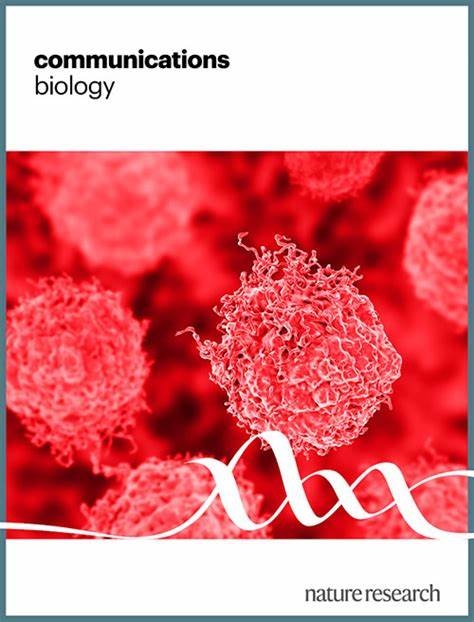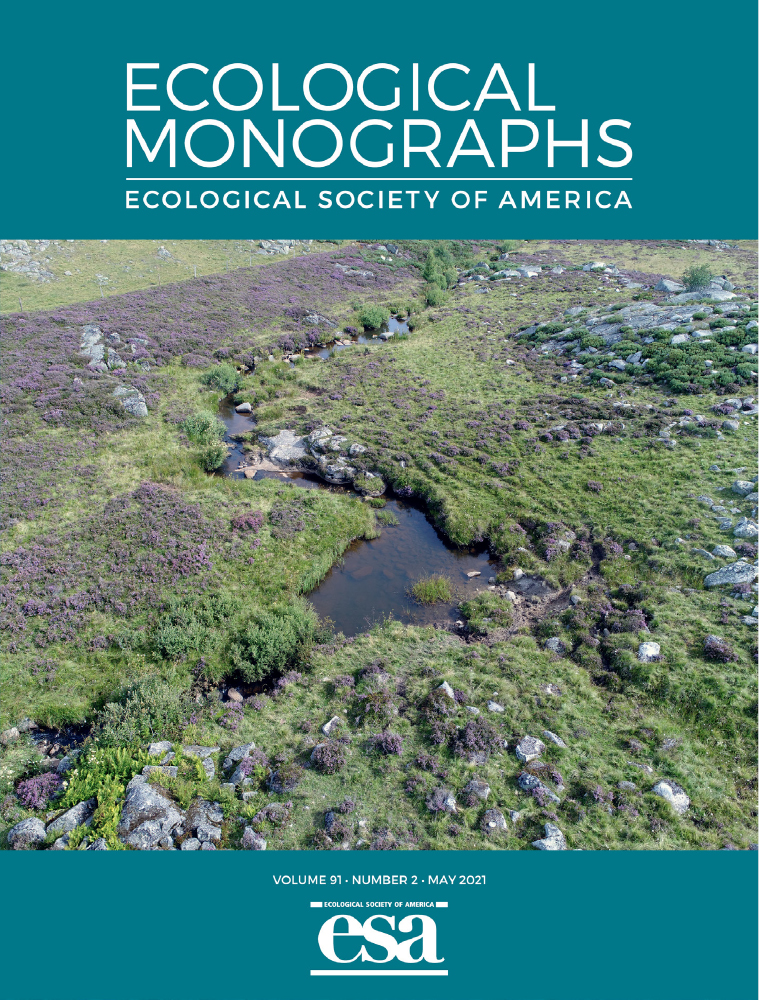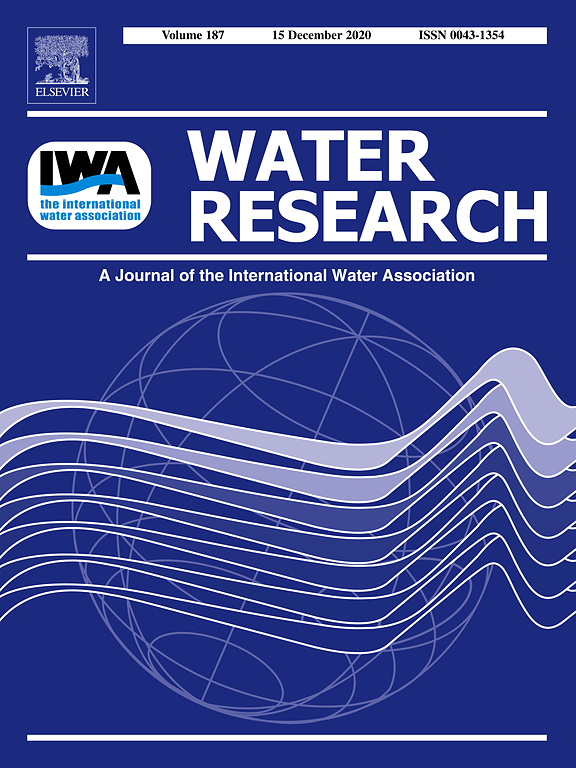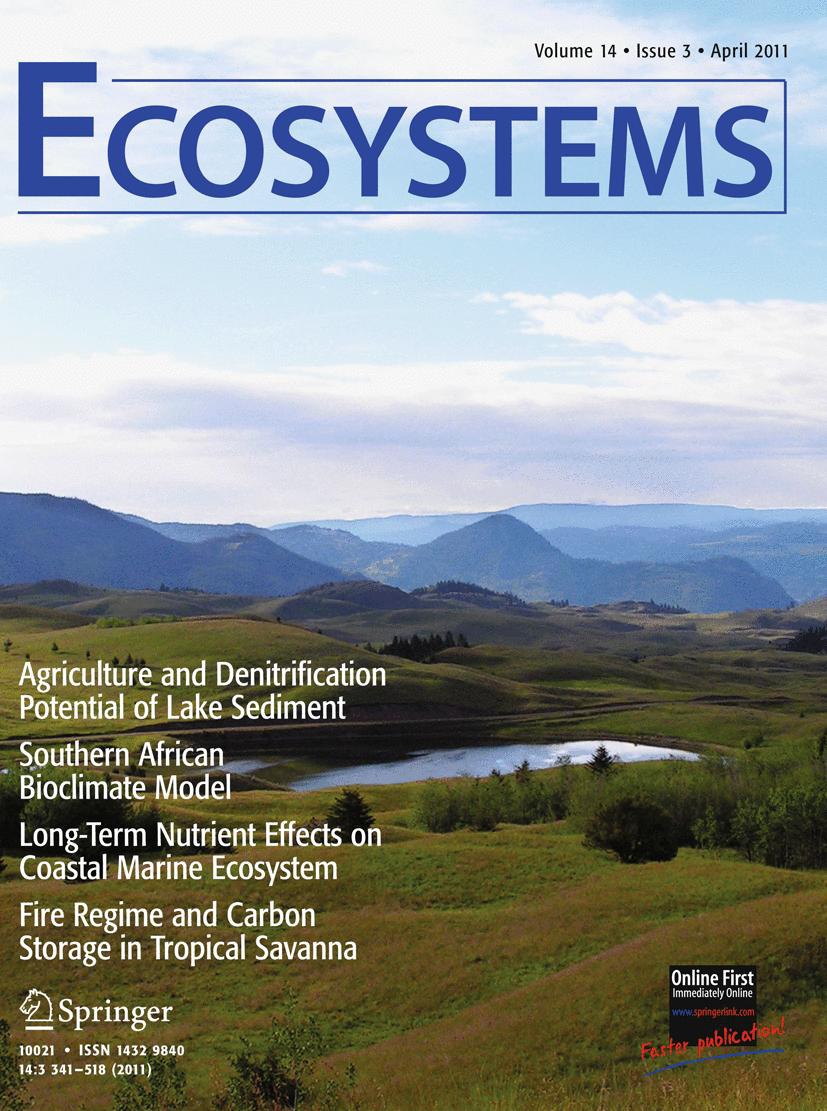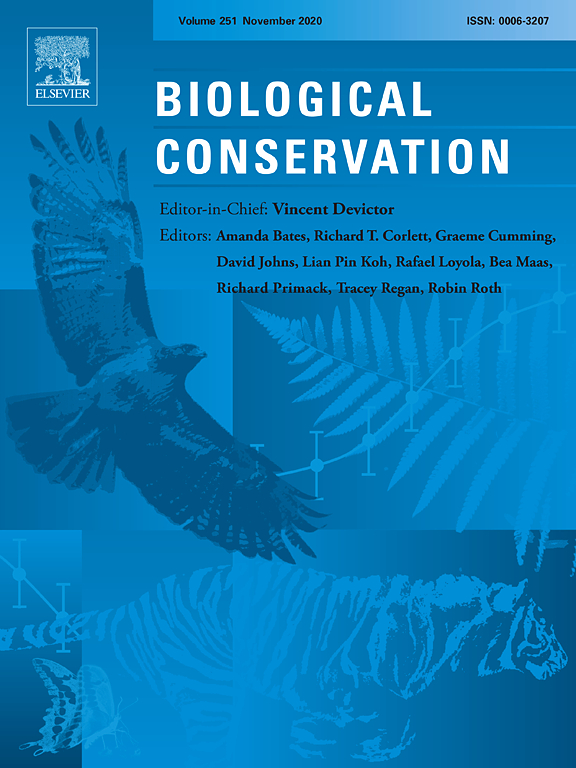Please find all scientific publications of IGB under > scientific publications
For more detailed information please refer to our > library catalogue
121 - 130 of 739 items
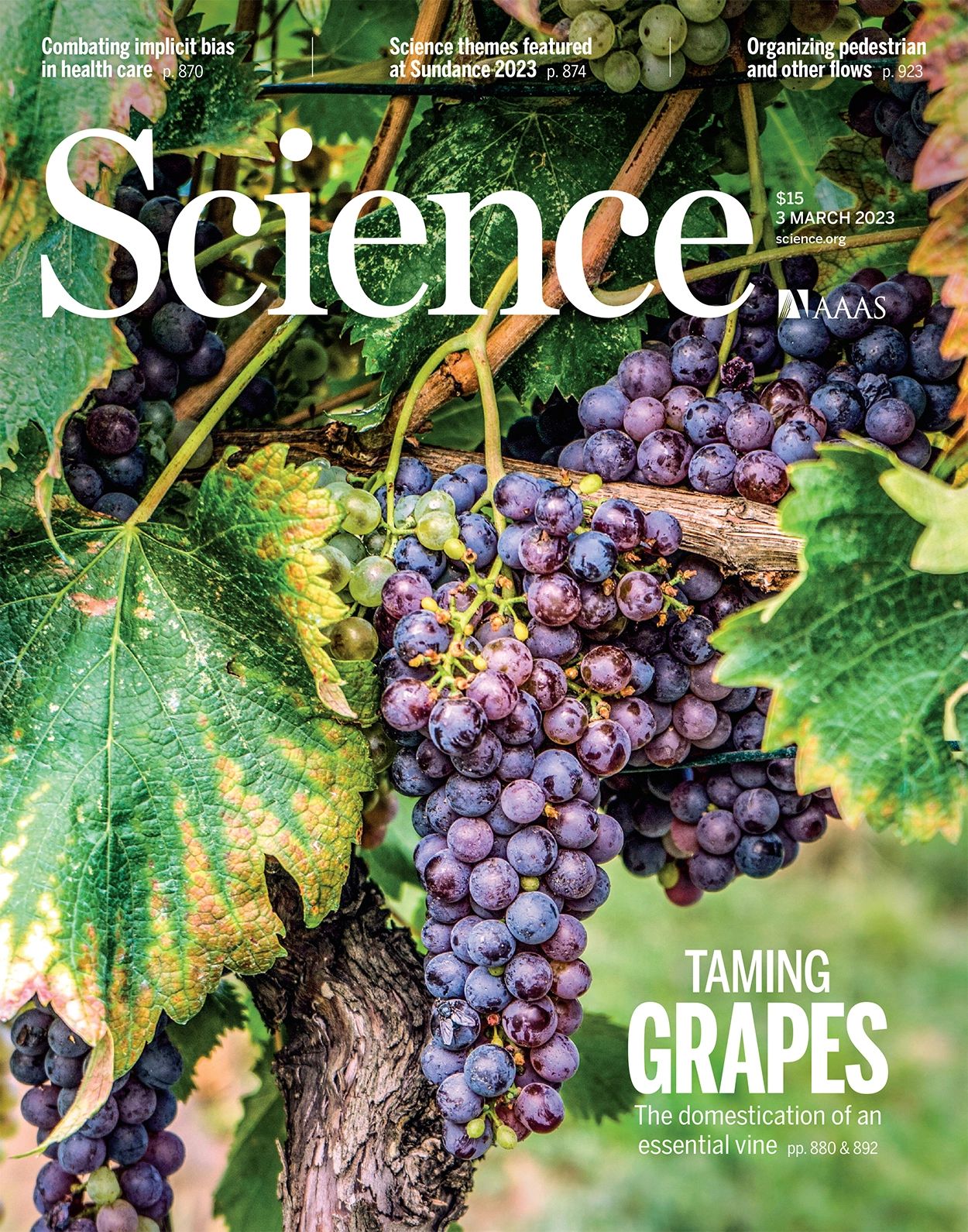
March 2025
Science. - 387(2025)6739, 1181-1186
Environmental effects of the Kakhovka Dam destruction by warfare in Ukraine
O. Shumilova; A. Sukhodolov; N. Osadcha; A. Oreshchenko; G. Constantinescu; S. Afanasyev; M. Koken; V. Osadchyi; B. Rhoads; K. Tockner; M. T. Monaghan; B. Schröder; J. Nabyvanets; C. Wolter; O. Lietytska; J. van de Koppel; N. Magas; S. C. Jähnig; V. Lakisova; G. Trokhymenko; M. Venohr; V. Komorin; S. Stepanenko; V. Khilchevskyi; S. Domisch; M. Blettler; P. Gleick; L. De Meester; H.-P. Grossart
March 2025
Communications Biology. - 8(2025), Art. 449
Fundamental questions in meiofauna research highlight how small but ubiquitous animals can improve our understanding of Nature
Alejandro Martínez; Stefano Bonaglia; Maikon Di Domenico; Gustavo Fonseca; Jeroen Ingels; Katharina M. Jörger; Christopher Laumer; Francesca Leasi; Daniela Zeppilli; Elisa Baldrighi; Holly Bik; Diego Cepeda; Marco Curini-Galletti; Asher D. Cutter; Giovanni dos Santos; Simone Fattorini; Dagmar Frisch; Sabine Gollner; Ulf Jondelius; Alexandra Kerbl; Kevin M. Kocot; Nabil Majdi; Stefano Mammola; José M. Martín-Durán; André Menegotto; Paul A. Montagna; Francisco J. A. Nascimento; Nicolas Puillandre; Anne Rognant; Nuria Sánchez; Isaac R. Santos; Andreas Schmidt-Rhaesa; Michaela Schratzberger; Federica Semprucci; Mauricio Shimabukuro; Paul J. Sommerfield; Torsten H. Struck; Martin V. Sørensen; Andreas Wallberg; Katrine Worsaae; Hiroshi Yamasaki; Diego Fontaneto
This paper identifies the top-50 priority questions for meiofaunal research, highlighting their critical roles in biogeochemical cycles and biodiversity. It calls for a balanced research agenda, international cooperation, and advances in technology to overcome current challenges and unlock meiofauna’s full potential.
March 2025
Ecological monographs. - 95(2025)1, Art. e70010
Functional macroinvertebrate diversity stabilizes decomposition among leaf litter resources across a river network
Rubén del Campo; Rosetta C. Blackman; Jan Martini; Thomas Fuß; Lukas Thuile Bistarelli; Mark O. Gessner; Florian Altermatt; Gabriel Singer
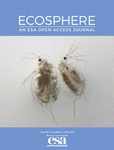
March 2025
Ecosphere. - 16(2025)3, Art. 70205
Too much and not enough data: Challenges and solutions for generating information in freshwater research and monitoring
Adrianne P. Smits; Ed K. Hall; Bridget R. Deemer; Facundo Scordo; Carolina C. Barbosa; Stephanie M. Carlson; Kaelin Cawley; Hans-Peter Grossart; Patrick Kelly; Stefano Mammola; Matthew R. Pintar; Caleb J. Robbins; Albert Ruhi; Mattia Saccò
March 2025
Frontiers in Remote Sensing. - 6(2025), Art. 1549286
Unlocking the global benefits of Earth Observation to address the SDG 6 in situ water quality monitoring gap
Harriet Wilson; Nina Raasakka; Evangelos Spyrakos; David Millar; Merrie Beth Neely; Anham Salyani; Shubham Pawar; Igor Chernov; S. Karen de Lespérance Ague; Ximena Aguilar Vega; Adenike Akinsemolu; Analy Baltodano Martinez; Carmen Cillero Castro; Michelle Del Valle; Mohamed Fadlelseed; Anabella Ferral; Jemal Mohammed Hassen; Dalin Jiang; Tracey Kudzanai Mubambi; Sofia La Fuente; Lukumon Olaitan Lateef; Felipe de L. Lobo; Jerome Marty; Albert Nkwasa; Julia Akinyi Obuya; Igor Ogashawara; Ils Reusen; Ashley Rogers; Susanne I. Schmidt; Kabindra Sharma; Stefan G. H. Simis; Shenglei Wang; Stuart Warner; Andrew Tyler
March 2025
Water Research. - 281(2025), Art. 123553
Anthropogenic imprint on riverine plasmidome diversity and proliferation of antibiotic resistance genes following pollution and urbanization
Kenia Barrantes-Jiménez; Franck Lejzerowicz; Tam Tran; Melany Calderón-Osorno; Luis Rivera-Montero; César Rodríguez-Sánchez; Odd-Gunnar Wikmark; Alexander Eiler; Hans-Peter Grossart; María Arias-Andrés; Keilor Rojas-Jiménez
March 2025
Ecosystems. - 28(2025), Art. 23
Flexibility in Aquatic Food Web Interactions: Linking Scales and Approaches
Ellen van Velzen; Sabine Wollrab; Onur Kerimoglu; Ursula Gaedke; Hans-Peter Grossart; Minoru Kasada; Helena C. L. Klip; Stefanie Moorthi; Tom Shatwell; Patch Thongthaisong; A. E. Friederike Prowe
March 2025
Biological Conservation. - 305(2025), Art. 111092
A systematic map of hydropower impacts on megafauna at the land-water interface
Vassil Y. Altanov; Sonja C. Jähnig; Fengzhi He

March 2025
Journal of Environmental Management. - 380(2025), Art. 125092
Enhanced efficiency nitrogen fertilizers suppress soil methane uptake from a mulch drip-irrigation system in arid region
Yanyan Li; Xiaopeng Gao; Ji Liu; Jianlin Shen; Ji Chen; Fanjiang Zeng
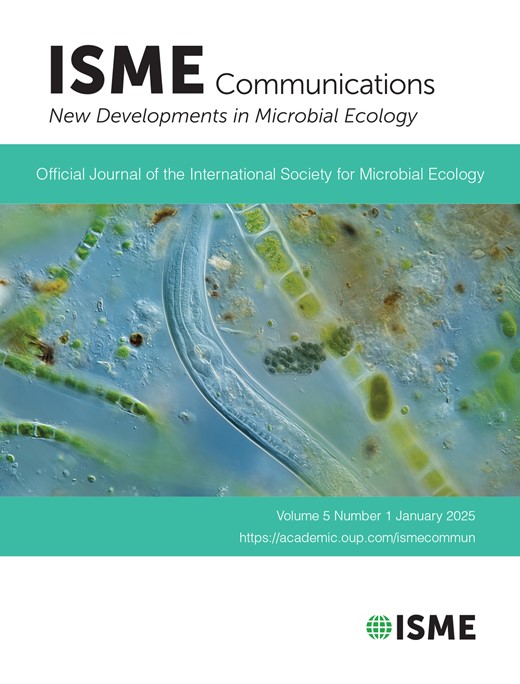
March 2025
ISME Communications. - 5(2025)1, Art. ycaf049
The impact of elevated temperature and salinity on microbial communities and food selectivity in heterotrophic nanoflagellates in the Boye River
Lisa Boden; Dana Bludau; Guido Sieber; Aman Deep; Daria Baikova; Gwendoline M David; Una Hadžiomerović; Tom L Stach; Jens Boenigk


